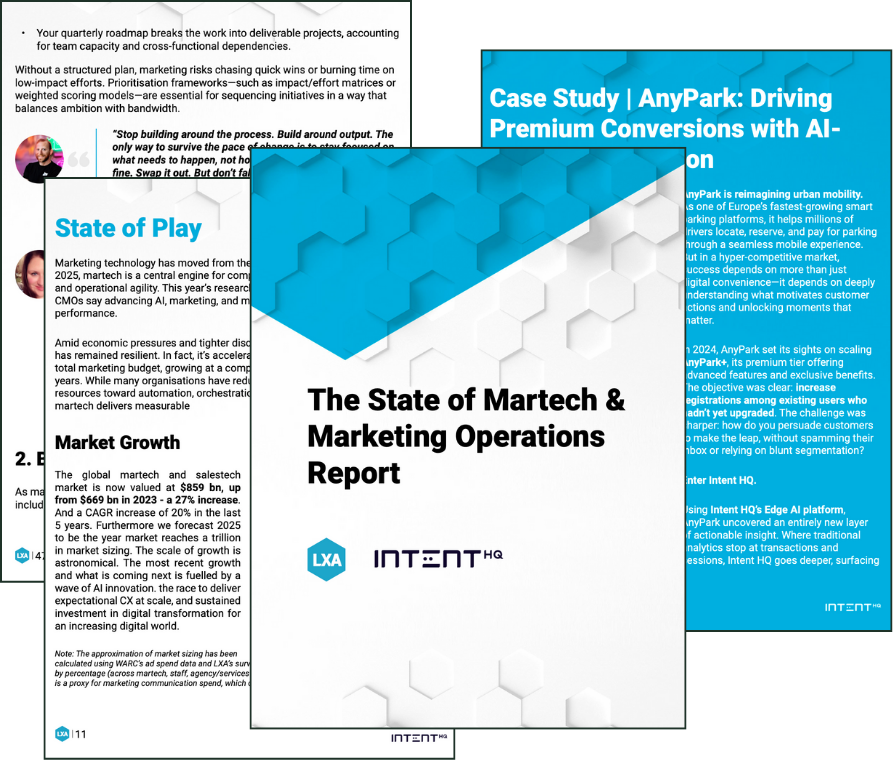Understanding who your customers really is already a must for any telco in today’s data-driven, highly competitive environment. However, how they do this will have to evolve in many cases to keep up with the growing pace and scale of the challenge.
With customers now expecting a fully personalized experience when they interact with brands, being able to effectively analyze their data and behavior to draw out actionable insight is essential in remaining competitive and delivering the best possible revenue per subscriber.
However, managing these high data volumes and running customer analytics needs to be a company-wide effort. The future of these activities will require a much more integrated approach that sees data science and business intelligence (BI) units not only improve how customer data is analyzed, but also ensure it can be placed easily in the hands of the people best-positioned to make use of it.
The demands facing data science teams
The vast amount of data collected by businesses has been a growing challenge for BI and data science specialists for many years. Indeed, it’s estimated that a significant majority of these professionals’ time is now spent collating, cleansing and organizing data, with as little as a fifth of their working day dedicated to actually running analytics.
But for telcos, the first-party data they collect makes this even more challenging, especially as the number of sources and the volume of data they have access to grows. For example, research from Experian suggests two-thirds of telecoms providers in the EMEA region are looking to expand their number of sources and make better use of their first-party data in order to improve their operational performance.
This puts additional pressure on existing BI solutions that may not be able to handle such large volumes and varieties of data. In many cases, these legacy tools were simply not designed to take in data from such disparate sources, in such volume, and combine them into a full view of a customer. While they may be continually updated and advanced to try to keep up with evolving demands, there comes a time when every legacy system will reach the limits of its capabilities.
Moving beyond business intelligence
A key issue for firms in the telecoms sector is how to gain actual value from this data at scale and in a timely manner. Traditional analytics tools take time to set up and run queries against the data, and often require in-depth data science knowledge to manage. However, this could mean many opportunities are wasted, as by the time these systems have produced results, the opportunity has already passed.
Therefore, technology solutions that can automate these processes and deliver results at or near real-time will be an essential tool in the inventory of every data science and BI professional.
Artificial intelligence (AI) will play a major role in this. Indeed, research from McKinsey suggests that the adoption of this technology can improve the performance of analytics programs by 44 percent compared with other techniques. Meanwhile, Deloitte has observed that the power of this technology has come on immensely in the past five years.
The consulting firm noted: “Thanks to vastly faster specialized processors, better software, and larger data sets, AI can do more, and more affordably, than ever.” However, being able to make the most of first-party data is about much more than gaining insights.
From insights to action
Traditional BI tools, and even those that adopt AI to make handling large volumes easier, may present users with data visualizations of their results. But this alone can only go so far. You also need to combine this with deep human-level insights to understand what these visualizations are actually telling you and turn it into action.
This means marketing and CX teams also need to be able to access and ask questions of the data, not just BI experts. These professionals are often closer to customers than data teams and will be able to add their own expertise and customer understanding to the raw data in order to draw inferences and make data-driven decisions.
Putting this power in the hands of marketers also frees up data science teams. Instead of responding to requests from business units, they can devote more time to following their own initiative to build on their data models and create platforms to better support their business units and deliver improved customer experiences.
Find out more about how the Intent AI platform can help enrich your data and transform your customer analytics activities.
Image credit: iStockphoto/Blue Planet Studio




